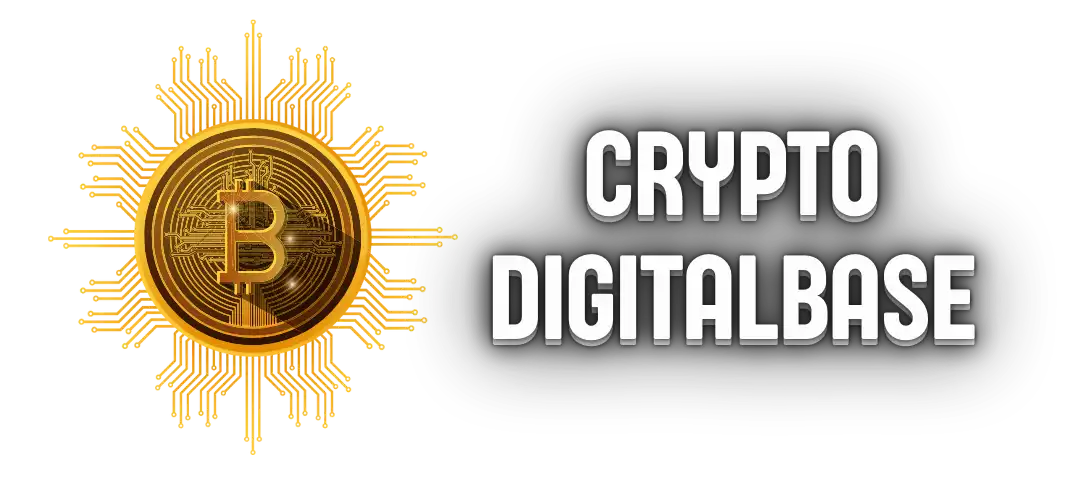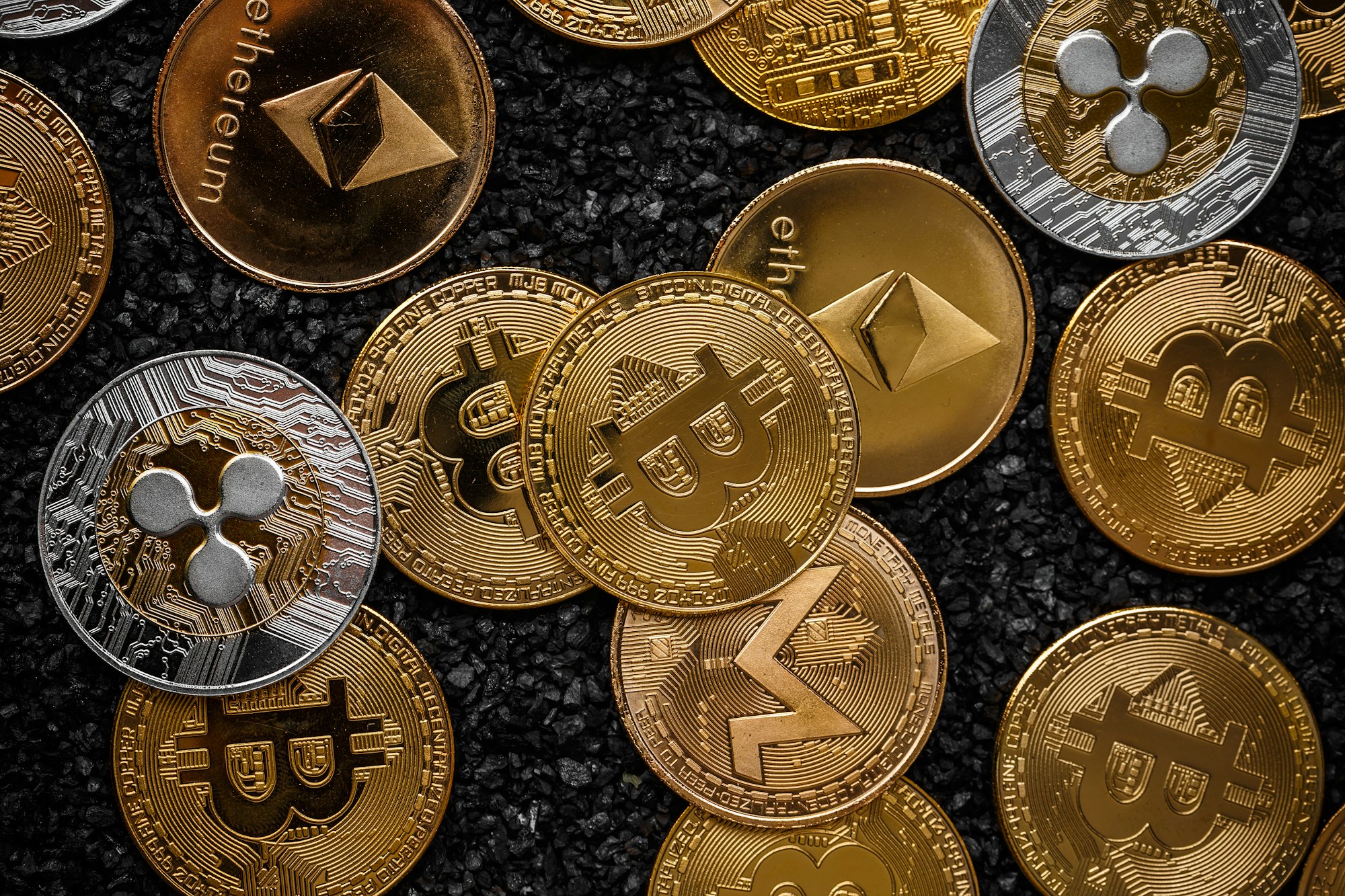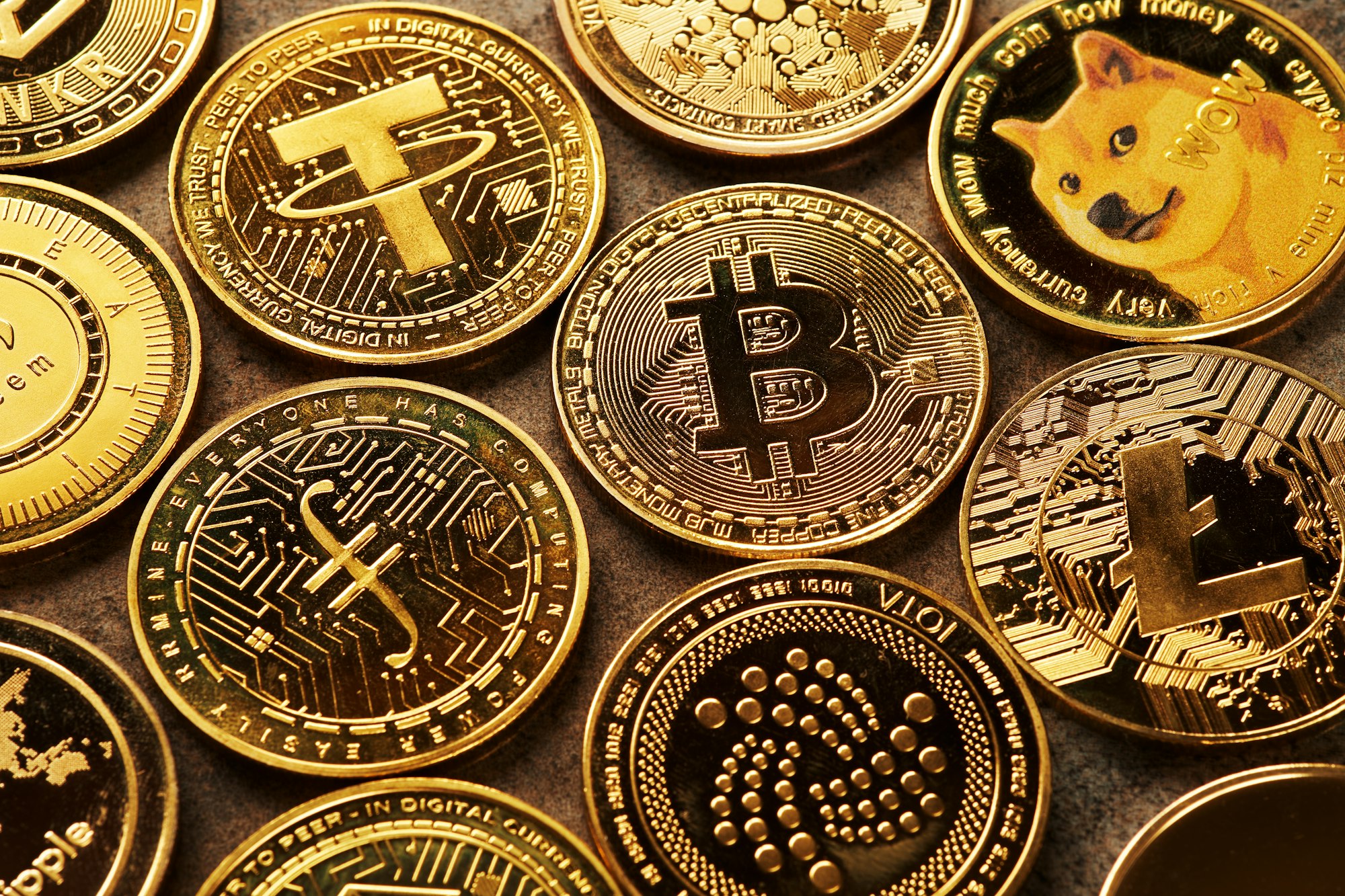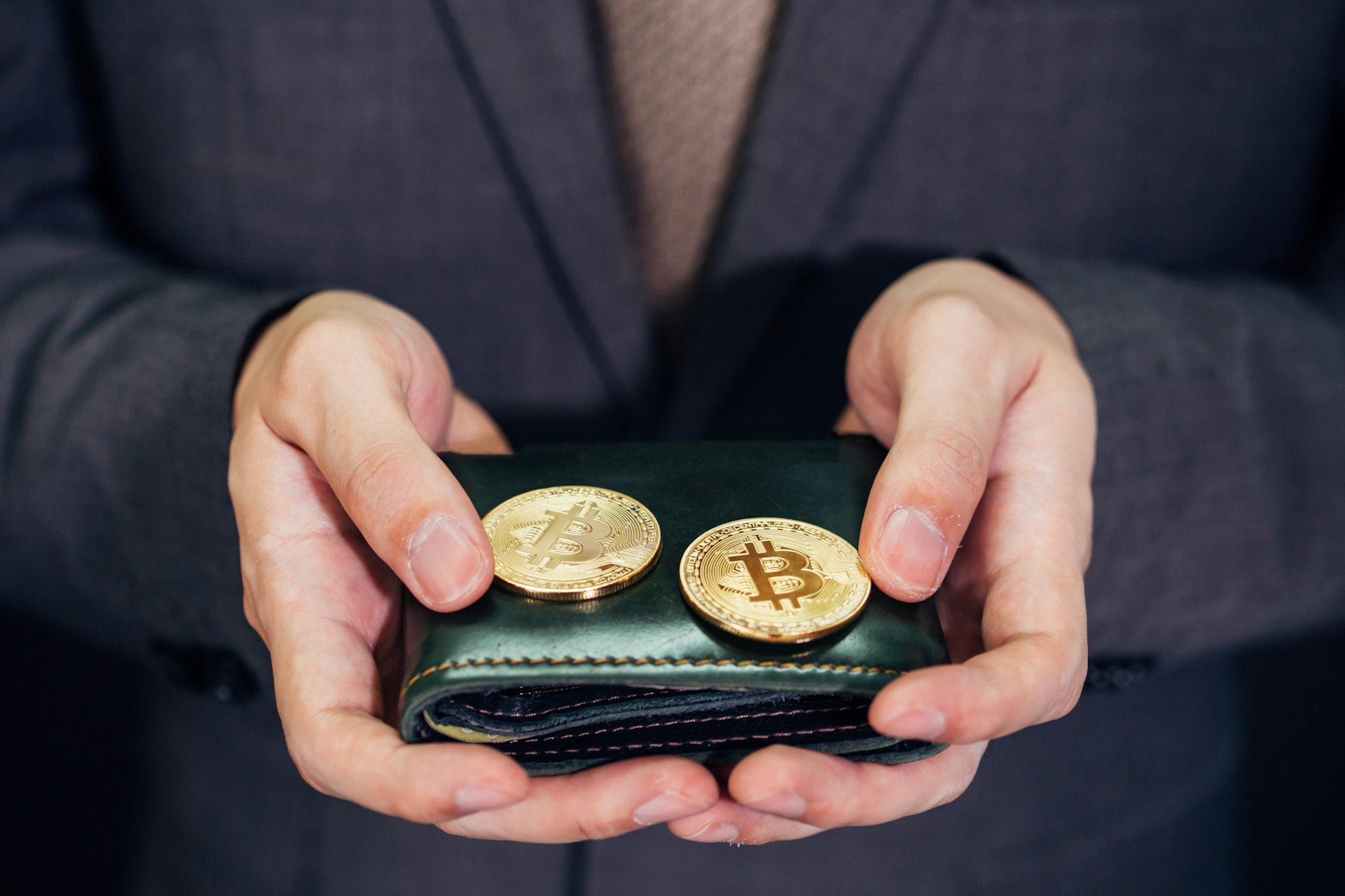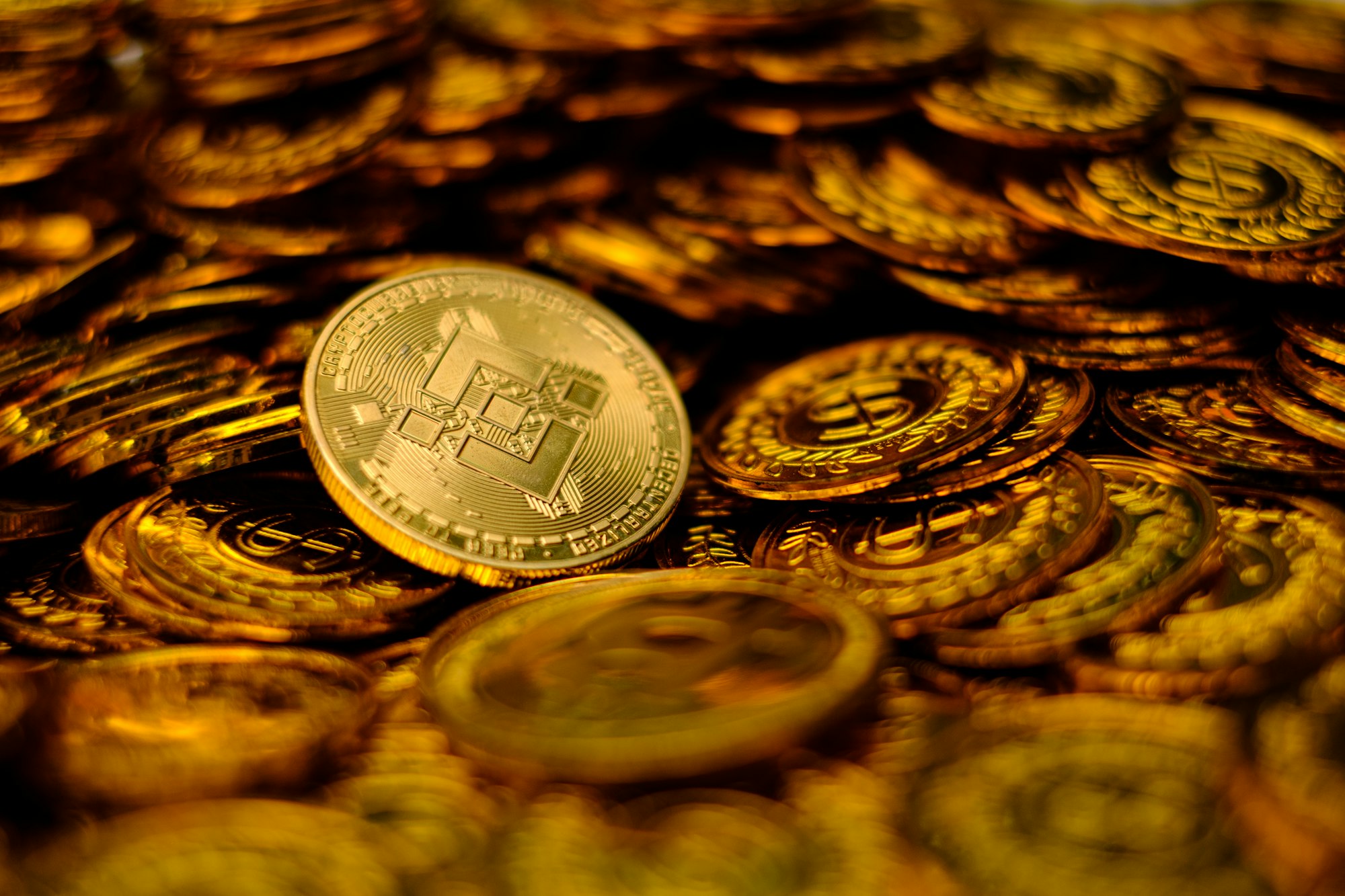As the world of cryptocurrency continues to evolve, Solana has emerged as a leading player in the blockchain space, attracting attention from investors and developers alike. With its unique capabilities and promising future, Solana is being positioned as a formidable competitor to established platforms like Ethereum.
This article will delve into the intricacies of the Solana ecosystem, its current market trends, how to buy Solana (SOL) cryptocurrency, the role of validators, and the potential use cases for NFTs on the Solana blockchain.
What is Solana and How Does it Work?
Overview of the Solana Blockchain
Solana is a high-performance blockchain platform officially launched in March 2020 by the Solana Foundation, spearheaded by Anatoly Yakovenko. It is designed to support decentralized applications (dApps) and cryptocurrencies, boasting impressive scalability with the capability to handle thousands of transactions per second.
This efficiency is achieved through its innovative architecture, which includes a unique combination of Proof-of-History (PoH) and Proof-of-Stake (PoS) mechanisms.
The Solana network stands out for its capacity to provide a seamless user experience, enabling developers to create scalable applications while ensuring lower transaction costs compared to other blockchains.
Understanding Proof-of-History and Proof-of-Stake Mechanisms
The Solana blockchain employs a dual mechanism consisting of Proof-of-History (PoH) and Proof-of-Stake (PoS), which together enhance its scalability and security, making Solana a robust choice for developers. PoH allows for the verification of the order of transactions without the need for extensive computational power, making it a more efficient option.
By timestamping transactions, PoH presents a verifiable sequence of events that validators can use to confirm the integrity of the blockchain. Meanwhile, the Proof-of-Stake mechanism enables users to stake their SOL tokens, thus contributing to the network’s security and operation while enhancing the overall performance of the Solana protocol.
Validators in the Solana ecosystem play a crucial role by validating transactions and maintaining the blockchain’s integrity, thereby ensuring that the network remains decentralized and secure.
Key Features of the Solana Ecosystem
The Solana ecosystem is characterized by several key features, including its proof of stake mechanism, that set it apart from other blockchain platforms.
One of the standout aspects is its impressive transaction speed, with the capability to process up to 65,000 transactions per second (tps) under optimal conditions. This high throughput is complemented by low fees, making it an attractive option for developers and users alike.
Additionally, Solana’s support for smart contracts allows developers to build complex decentralized finance (DeFi) applications and non-fungible tokens (NFTs) seamlessly. The Solana Foundation actively fosters a vibrant community, encouraging innovation and collaboration within the ecosystem, which further bolsters its appeal and growth potential.
What is the Current Solana Price and Market Trends?
Analyzing Solana Price Changes Over Time
The price of Solana (SOL) has experienced significant fluctuations since its inception. Investors and analysts closely monitor the live price and 24-hour trading volume of SOL, recognizing that many factors can influence the current market and the USD price.
As of late 2023, the Solana price has shown resilience and growth, reflecting the increasing adoption of its ecosystem and the overall bullish sentiment in the cryptocurrency market, as seen in the last 24 hours.
Historical price data reveals that SOL has reached all-time highs, and despite periodic corrections, it continues to attract interest from both retail and institutional investors.
Market Cap and Trading Volume Insights
The market cap of Solana has seen substantial growth, reflecting its increasing prominence in the cryptocurrency landscape. As of now, Solana’s market cap ranks among the top cryptocurrencies, showcasing its widespread acceptance and investor confidence.
The 24-hour trading volume of SOL is another critical metric, indicating the level of interest and activity within the market.
High trading volumes often signify strong demand and liquidity, which are essential for the long-term sustainability of a cryptocurrency like SOL, especially when considering its USD price. Monitoring these metrics, such as the live chart of SOL’s USD price, provides valuable insights into the current market dynamics surrounding Solana.
How to Buy Solana (SOL) Cryptocurrency?
Step-by-Step Guide to Buying SOL
Buying Solana (SOL) cryptocurrency is a straightforward process that can be completed in a few simple steps. First, individuals must create an account on a reputable cryptocurrency exchange that supports SOL trading. After completing the registration and verification process, users can fund their accounts using fiat currency or other cryptocurrencies.
Once the account is funded, users can navigate to the trading section of the exchange, search for the SOL trading pair, and place a buy order. It is essential to monitor the live price of SOL and its USD value to make informed purchasing decisions. After acquiring SOL tokens, they can be transferred to a secure wallet for safekeeping.
Best Exchanges for Trading Solana
Several reputable exchanges facilitate the trading of Solana (SOL). Popular platforms such as Binance, Coinbase, and Kraken provide users with the ability to buy, sell, and trade SOL tokens with ease. Each exchange offers unique features, including varying fees, user interfaces, and supported trading pairs.
When selecting an exchange, users should consider aspects such as security measures, customer support, and the overall reputation of the platform within the crypto community. By choosing a reliable exchange, users can enjoy a smooth trading experience while engaging with the Solana ecosystem.
What Role Do Validators Play in the Solana Ecosystem?
How to Become a Solana Validator
Becoming a Solana validator involves a series of steps that require technical knowledge and commitment. First, prospective validators must set up a dedicated server that meets Solana’s hardware and software requirements to participate in the Solana protocol.
After configuring the server and installing the necessary software, individuals must stake a minimum amount of SOL tokens to become eligible for validation. Once validated, individuals can begin processing transactions and earning rewards. Continuous monitoring and maintenance of the validator node are essential to ensure optimal performance and reliability within the Solana network.
Rewards and Staking Opportunities with Solana
Validators in the Solana ecosystem are rewarded with SOL tokens for their contributions to maintaining the network. These rewards come from transaction fees and newly minted tokens, providing a lucrative incentive for validators to participate actively. Additionally, SOL holders can choose to stake their tokens with a validator, earning a portion of the rewards generated by the validator’s performance, which positively influences the circulating supply of SOL. This staking mechanism allows users to passively earn income while supporting the network’s security and operations, contributing to the overall growth of the Solana ecosystem.
What Are the Use Cases for NFTs on Solana?
Exploring the NFT Marketplace on Solana
The NFT marketplace on Solana has gained significant traction, attracting artists, creators, and collectors interested in leveraging the blockchain’s capabilities and contributing to the last 24 hours of trading volume. Various platforms, such as Solanart and Magic Eden, facilitate the buying, selling, and trading of NFTs on the Solana blockchain, contributing to the live chart of the SOL to USD price.
These marketplaces offer users a diverse range of digital assets, including artwork, music, and virtual real estate, all benefiting from Solana’s low transaction fees and high throughput. As the demand for NFTs continues to rise, the Solana ecosystem is well-positioned to capitalize on this trend, significantly impacting the circulating supply of SOL.
Benefits of Using Solana for NFTs
Using Solana for NFTs presents several advantages over other blockchains. The low transaction fees associated with the Solana network make it economically viable for creators to mint and sell NFTs without incurring excessive costs, which is crucial for maintaining a healthy circulating supply.
Moreover, the high-speed transactions enable quick trades and interactions within the NFT marketplace, enhancing the overall user experience.
The growing community and developer support within the Solana ecosystem further contribute to the increasing popularity of NFTs, as innovative projects continue to emerge and redefine the digital art landscape.
Conclusion of Solana
In conclusion, Solana has emerged as a powerful blockchain platform with its native token, SOL, showcasing impressive growth and utility.
Officially launched by Solana Labs, the protocol operates with two consensus mechanisms—proof of stake and proof of history—that enhance its transaction processing speed and efficiency. With a live SOL price reflecting its increasing value, Solana continues to attract attention in the cryptocurrency markets.
The Solana community and its ecosystem, including support for smart contracts and DeFi projects, have contributed to its rising market cap and the current price of SOL, making Solana a prominent player in the crypto space. As of 2024, with 489 million SOL tokens in circulation and an active presence in both DeFi and cryptocurrency trading, Solana remains a decentralized and innovative blockchain, valued for its unique approach and ongoing development.
The contributions of key figures like Greg Fitzgerald and the platform’s ability to manage its supply and processing time have cemented Solana’s role in the evolving crypto landscape.
